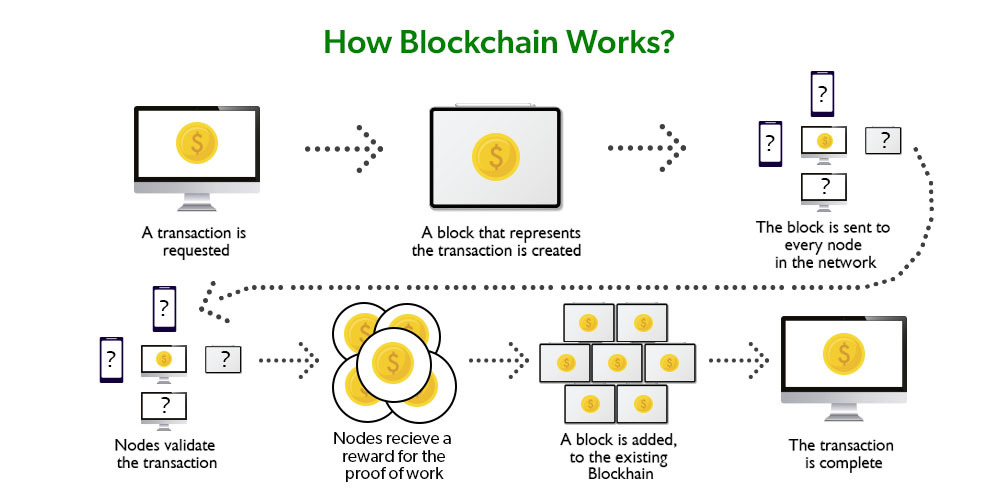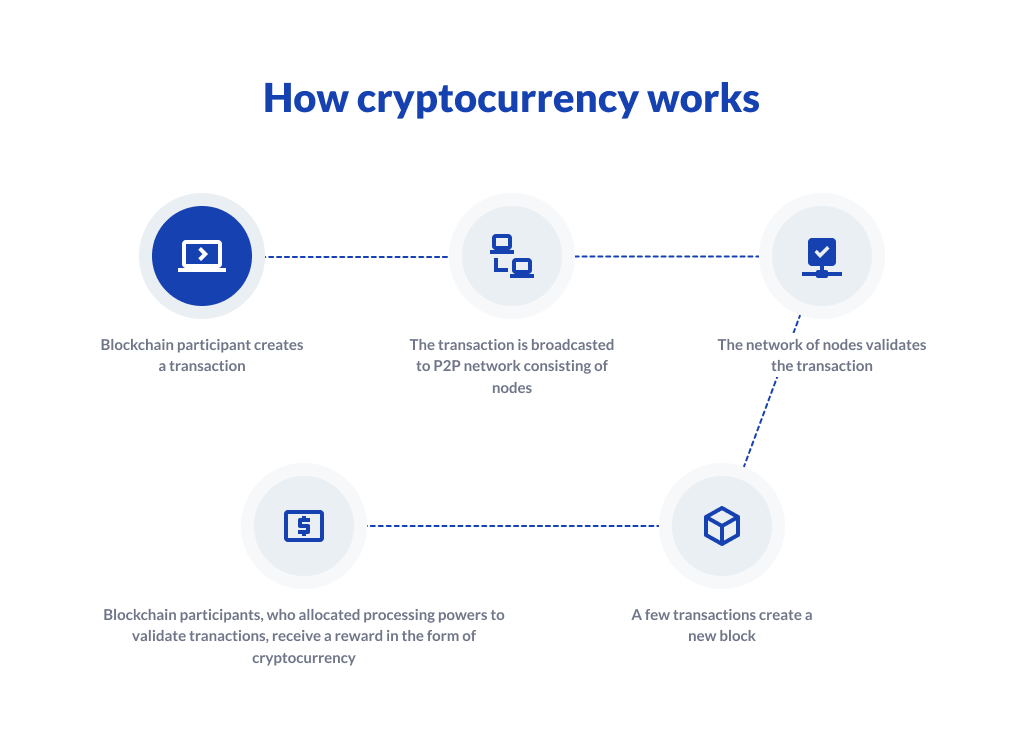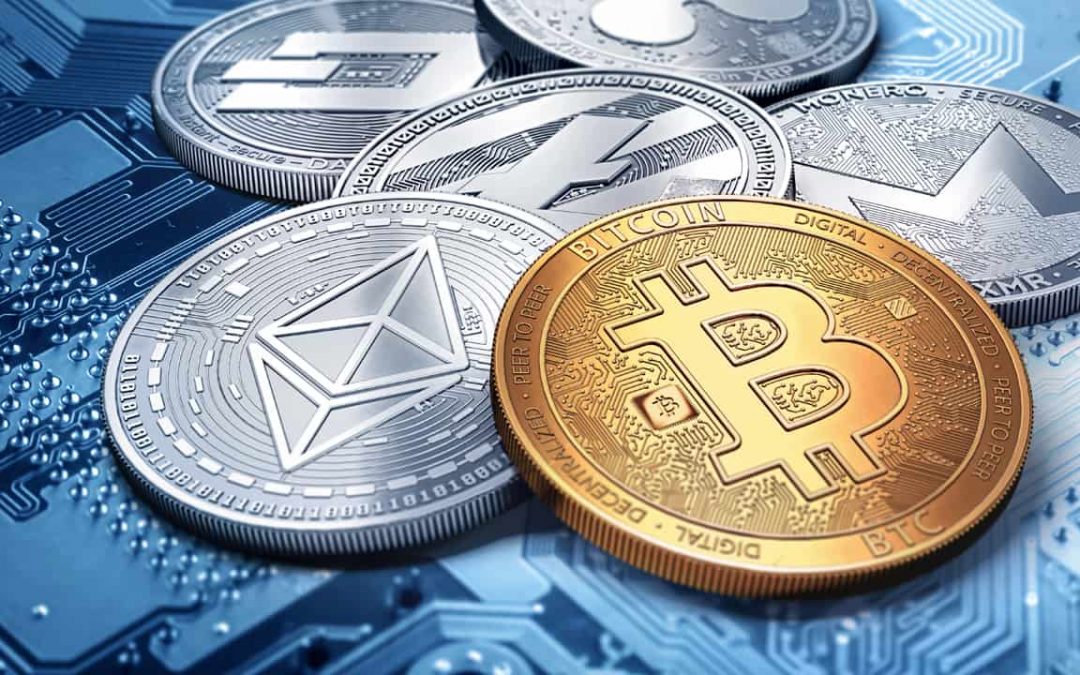Blockchain technology and cryptocurrencies have been popular buzzwords in the computer world recently, and for good reason. The way we think about money and financial transactions could be completely changed by these technologies.
What is Blockchain?
Blockchain is a decentralized digital ledger that documents transactions safely and publicly. It was initially intended to act as the framework for the virtual currency Bitcoin, but it has subsequently been used in a variety of different fields.
The core idea of blockchain is that it eliminates the need for centralized intermediaries like banks or governments by enabling safe, tamper-proof transactions. A network of computers, or nodes, which are motivated to participate in the network by rewards like cryptocurrencies, validates and records transactions.
How Does Blockchain Work?
On the blockchain, each new transaction is broadcast to all of the nodes in the network. The transaction is then verified by each node using a consensus mechanism, ensuring that it is authentic and has not been double-spent. When a consensus is established, the transaction is entered into a new block, which is then added to the previous chain of blocks to create a “blockchain,” which records the transaction.

It is nearly hard to change the contents of a block without also changing every other block in the chain because each block includes a distinct digital signature, or “hash,” of the one before it. Because every member of the network can see the complete transaction history, this makes the blockchain a very safe and open ledger.
What is Cryptocurrency?

A sort of digital or virtual currency known as cryptocurrency uses encryption to protect and verify transactions while controlling the generation of new units. Frequently decentralized, cryptocurrencies run independently of governments or central banks.
The most well-known cryptocurrency is Bitcoin, which was developed in 2009 under the pseudonym Satoshi Nakamoto by an unidentified person or group. Bitcoin utilizes a proof-of-work consensus technique to validate transactions on a decentralized blockchain network.
Other well-known cryptocurrencies include Ripple, Litecoin, and Ethereum. There are already thousands of distinct cryptocurrencies in use, each with its own special characteristics and uses.
Applications of Blockchain and Cryptocurrency
Blockchain and cryptocurrency have a wide range of applications, including:
- Digital Currency: Cryptocurrency was the first and most well-known application of blockchain technology. It enables people to make secure, private, and decentralized transactions without intermediaries such as banks. Some of the most well-known cryptocurrencies include Bitcoin, Ethereum, and Litecoin.
- Supply Chain Management: Blockchain technology is ideal for managing supply chains because it allows all stakeholders to track goods from their origin to their destination in real-time. Walmart is using blockchain to improve the traceability of its food supply chain.
- Identity Verification: Blockchain can help to create a tamper-proof digital identity system that can verify users’ identities without a centralized authority. This can help to reduce identity fraud and make online transactions more secure.
- Healthcare: Blockchain can help to manage medical records, enable secure and private data sharing between healthcare providers, and provide a tamper-proof audit trail of all medical records. The blockchain-powered platform, MedRec, is an example of this application.
- Real Estate: Blockchain can simplify the process of buying and selling real estate by creating a secure and transparent ledger of all property transactions. Blockchain-based platforms like Propy are already offering property sales using cryptocurrency.
- Voting Systems: Blockchain can help to improve the security and transparency of voting systems by creating a tamper-proof and decentralized ledger of all votes. Blockchain-based voting systems like Voatz are already being tested in various jurisdictions around the world.
- Gaming and Entertainment: Blockchain can be used to create in-game currencies that are fully decentralized and can be exchanged for real-world money. It can also enable the creation of decentralized marketplaces for digital goods and assets.
- Decentralized Autonomous Organizations (DAOs): DAOs are organizations that operate without a centralized authority. They are powered by blockchain technology and can enable transparent, community-driven decision-making. The DAO, which raised over $150 million in 2016, is an example of this application.
What is the Future of Blockchain and Cryptocurrency?
Blockchain technology and cryptocurrencies have a huge and diverse range of possible uses. They can be used in a variety of fields, such as supply chain management, healthcare, and real estate, in addition to being a kind of digital cash.
The ability to establish decentralized autonomous organizations (DAOs), or businesses that run without a central authority, is one of the most fascinating features of blockchain technology and cryptocurrencies. DAOs would enable open, community-driven decision-making, which has the potential to revolutionize the way enterprises are operated.
However, blockchain and cryptocurrency also face a number of challenges, including regulatory issues, scalability concerns, and the potential for criminal activity. Nevertheless, the potential benefits of these technologies are too great to ignore, and many experts predict that they will play a major role in the future of finance and commerce.
Conclusion
In conclusion, the technologies of blockchain and cryptocurrencies have the ability to alter how we view money and financial activities. The potential advantages of these technologies are too enormous to overlook, despite the fact that there are still numerous obstacles to be solved. We can anticipate seeing a wide range of new uses and breakthroughs emerge in the years to come as blockchain and cryptocurrencies continue to evolve.

